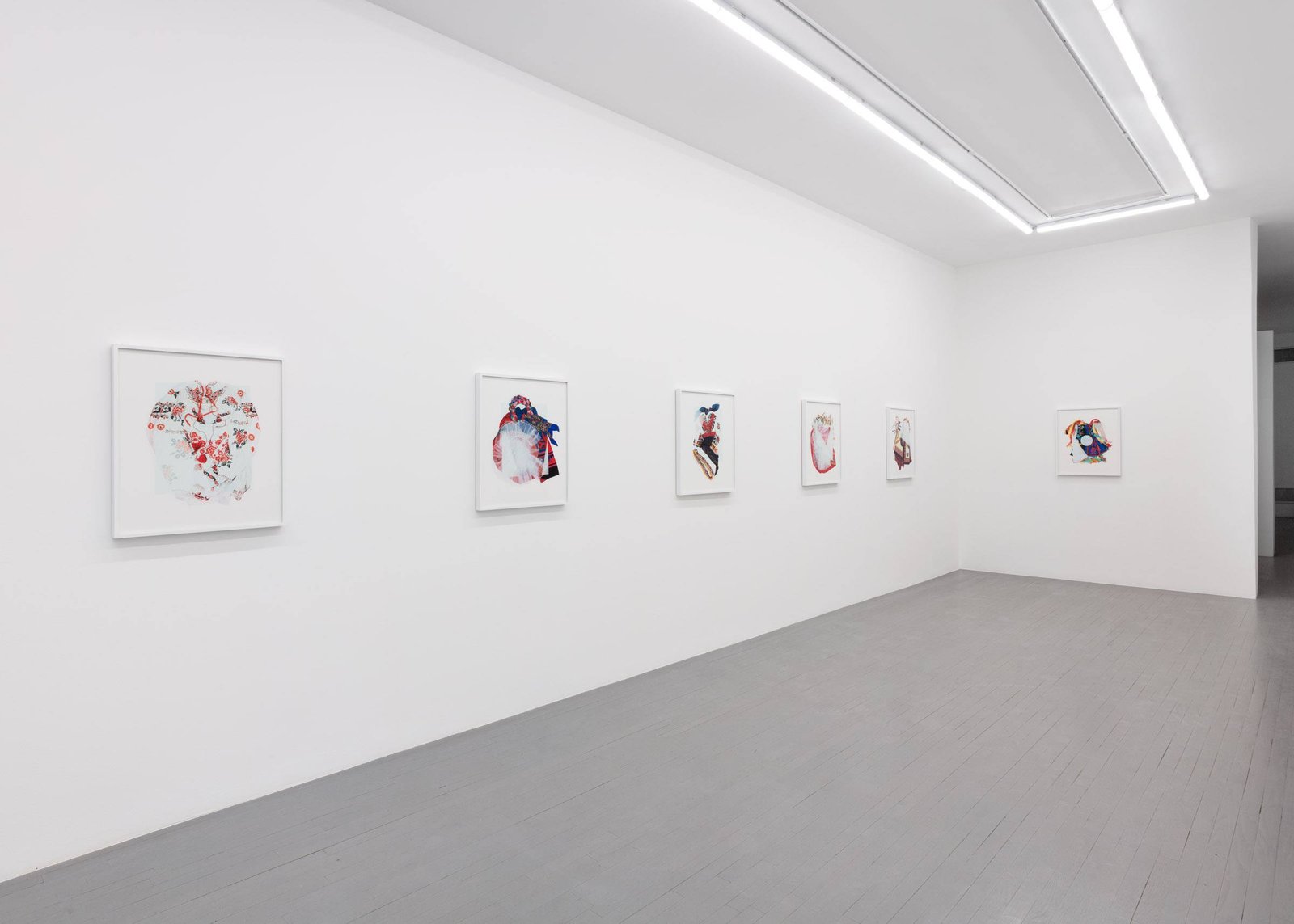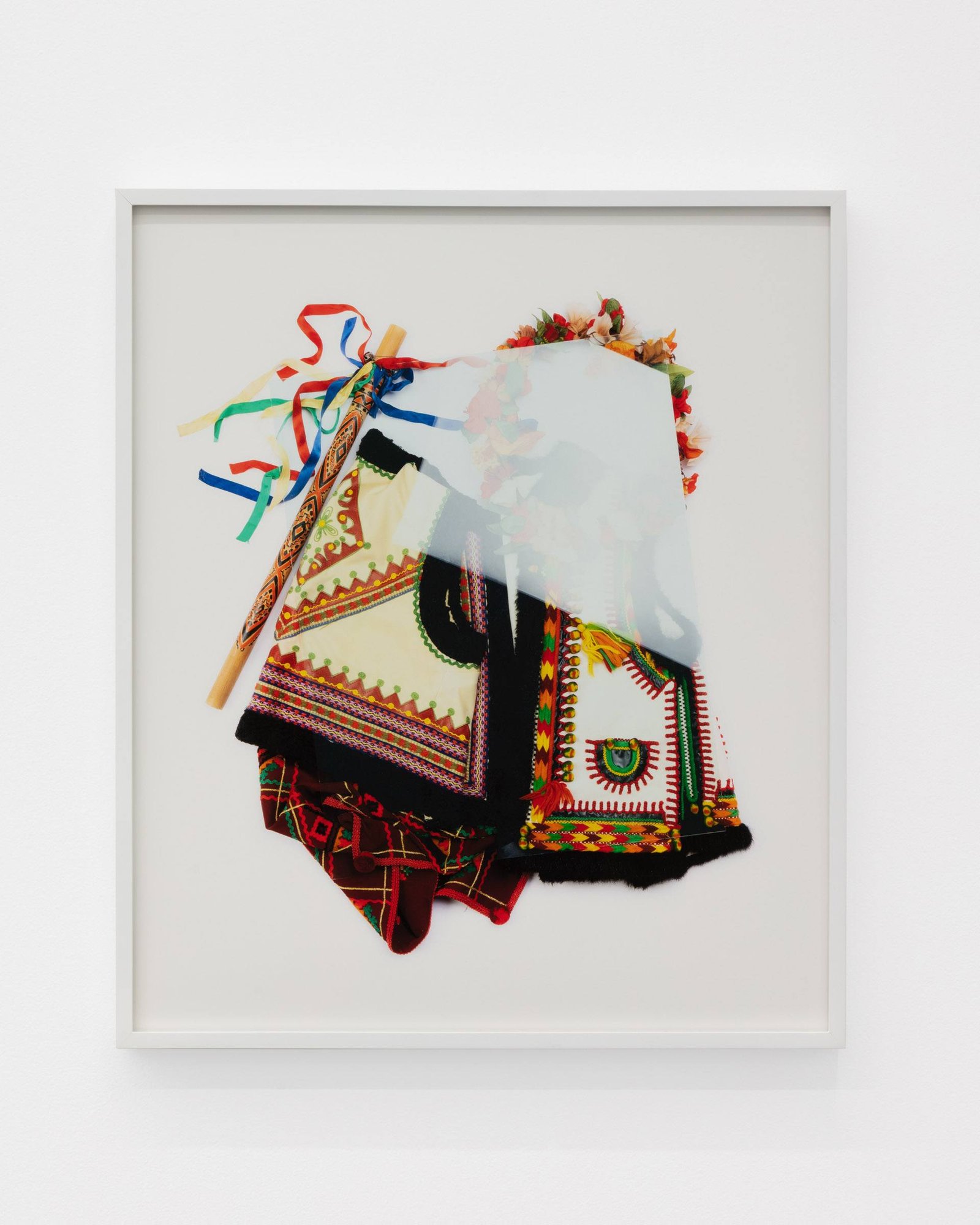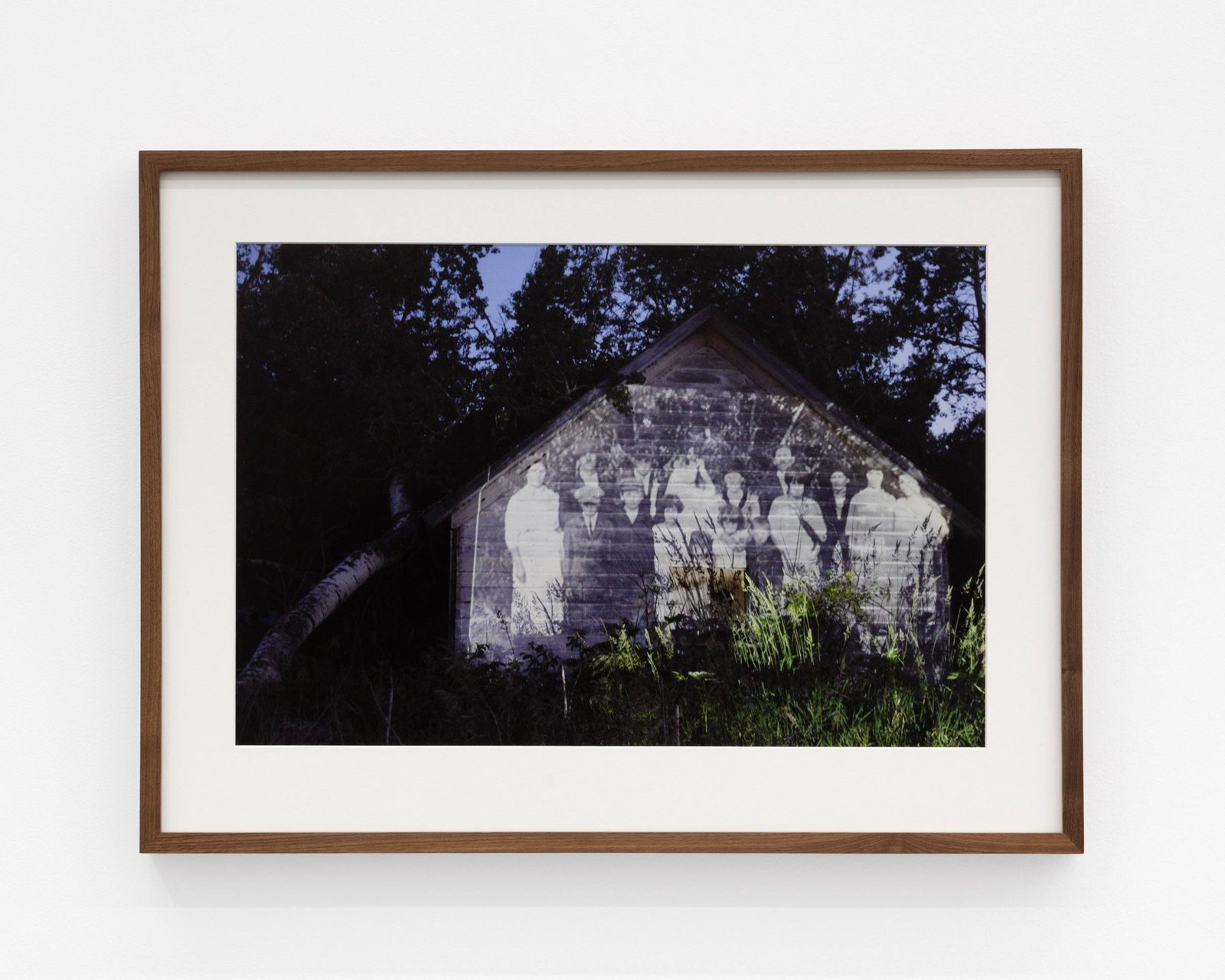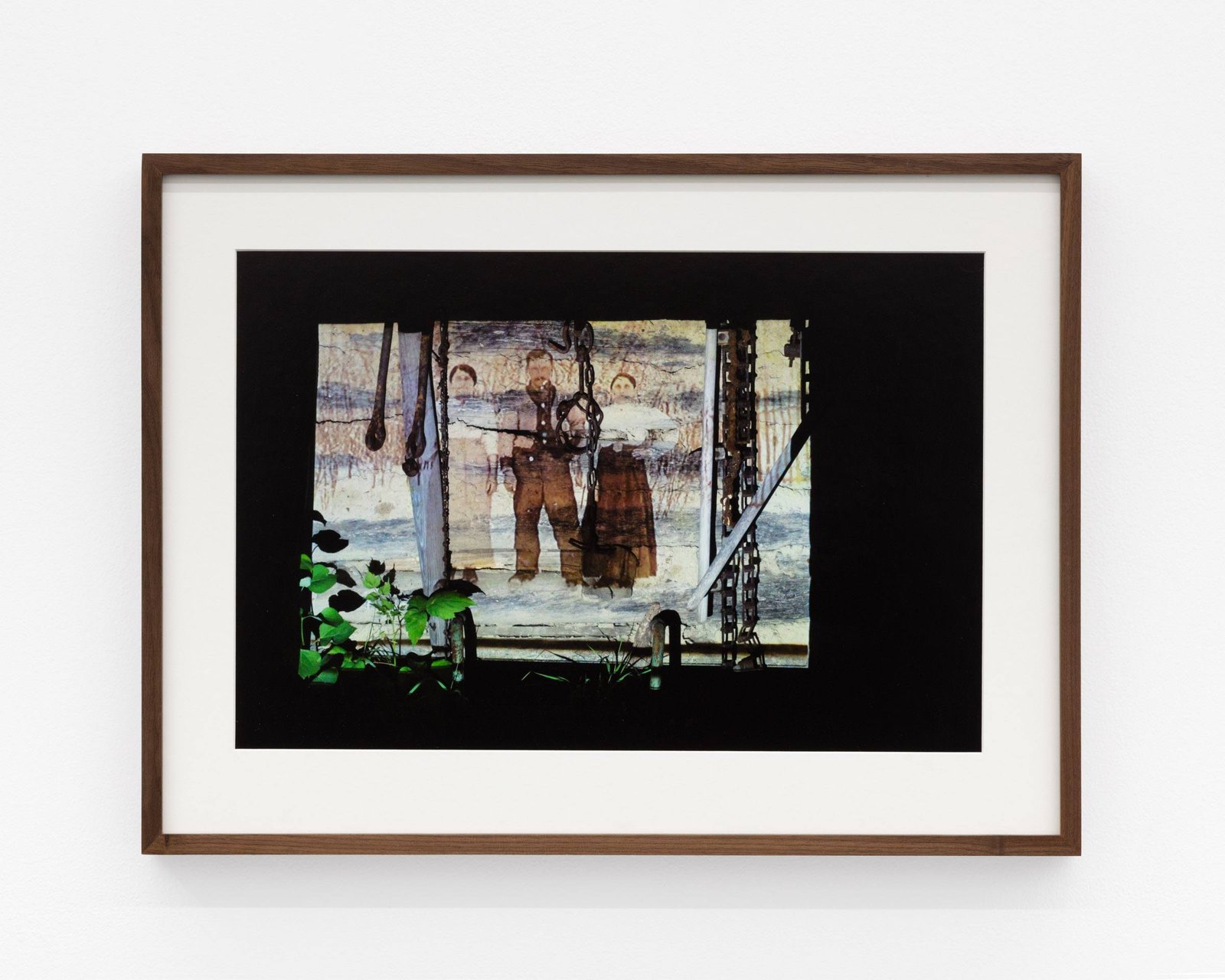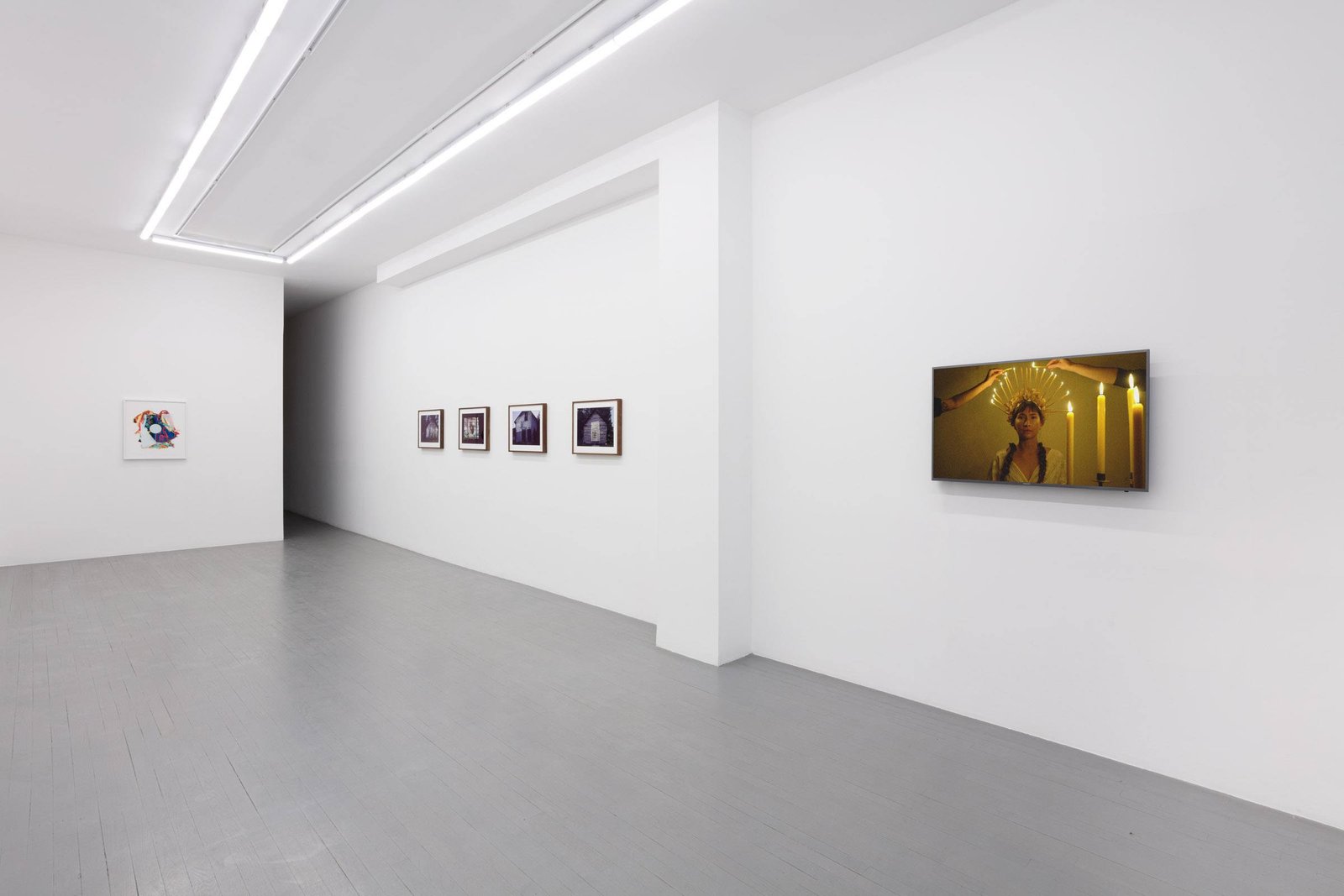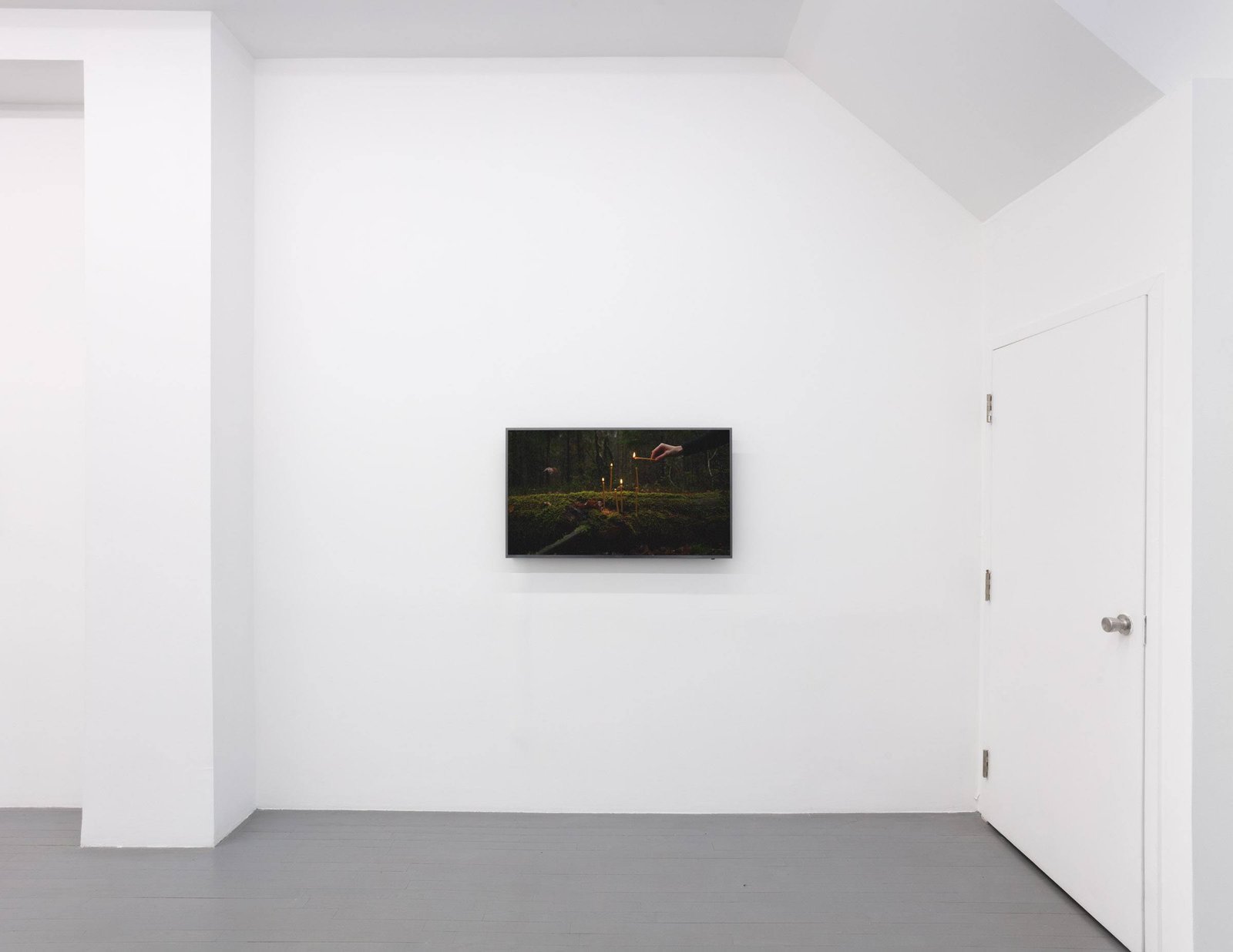Vyshyvani Kazky, Embroidered Stories (2022)
Solo Exhibition presented at Zalucky Contemporary; CONTACT Photography Festival, April 30 – May 28
Funded in part by The Shevchenko Foundation, Jean Karakola & Linda Ladin Visual Art Fund
From one bread basket to another, the first wave of Ukrainians arrived in Saskatchewan, on treaty 4 territory – the traditional lands of the nêhiyawak (Cree), Anihšināpēk (Saulteaux), Dakota, Lakota, and Nakoda, as well as the homeland of the Métis/Michif Nation. The Ukrainians’ agrarian knowledge and labour was obliquely utilized in the Crown’s colonial project as they were simultaneously dispossessed of their lands back home via the Soviet collectivization project. The artist’s ancestors were one of many caught between these imperialist projects of the early 1900’s.
This exhibition presents a triptych of lens-based generational returns by Ukrainian-Canadian artist Ayla Dmyterko. Mediated through diasporic imagination, she traces the path of her ancestors from the Carpathian Mountains and the Ivano-Frankivsk region of Western Ukraine; through the Glasgow Ports, where she is currently based; to Montréal, where she studied; back to the prairies, where she was raised. Unravelling the complex histories of place, her auto-ethnography catalyses intersectional dialogue within settler-imperialist legacies, both in the East and in the West.
Reactivating and re-embodying Ukrainian cultural memory, Dmyterko’s photographic and moving image works, Future Projections (2018), Peasants Under Glass (2020) and Solastalgic Soliloquy (2020-22) discursively respond to epistemological injustices to create sites of transformation. Incorporating archival images of her family, folkloric costumes for stage and her own muscle memory, the artist oscillates between reverence and regeneration. The lenses that document this work become portals, symbolising both temporal and spatial remove, distance, and dissonance. Taken together, Dmyterko uncovers ways that the past is continuously modified and re-iterated to shape our current psyche and conceptions of the future.
Peasants Under Glass (2020)
Folkloric costumes for stage, sheet of glass
Digital photograph of archival intervention, series of 6
Costumes lent by the Poltava Ensemble of Song, Music and Dance
Photography by Noel Wendt
Future Projections (2018)
Archival familial photographs projected onto farm structures
series of 12
2018
Observed on treaty 4 territory, the traditional lands of the nêhiyawak (Cree), Anihšināpēk (Saulteaux), Dakota, Lakota, and Nakoda, as well as the homeland of the Métis/Michif Nation. These structures stand on the Byblow Family Farm, quarter section 25 near Parkerview, Saskatchewan.
Solastalgic Soliloquy (2020)
Single-channel digital video
05:27 minutes

Peasants Under Glass

